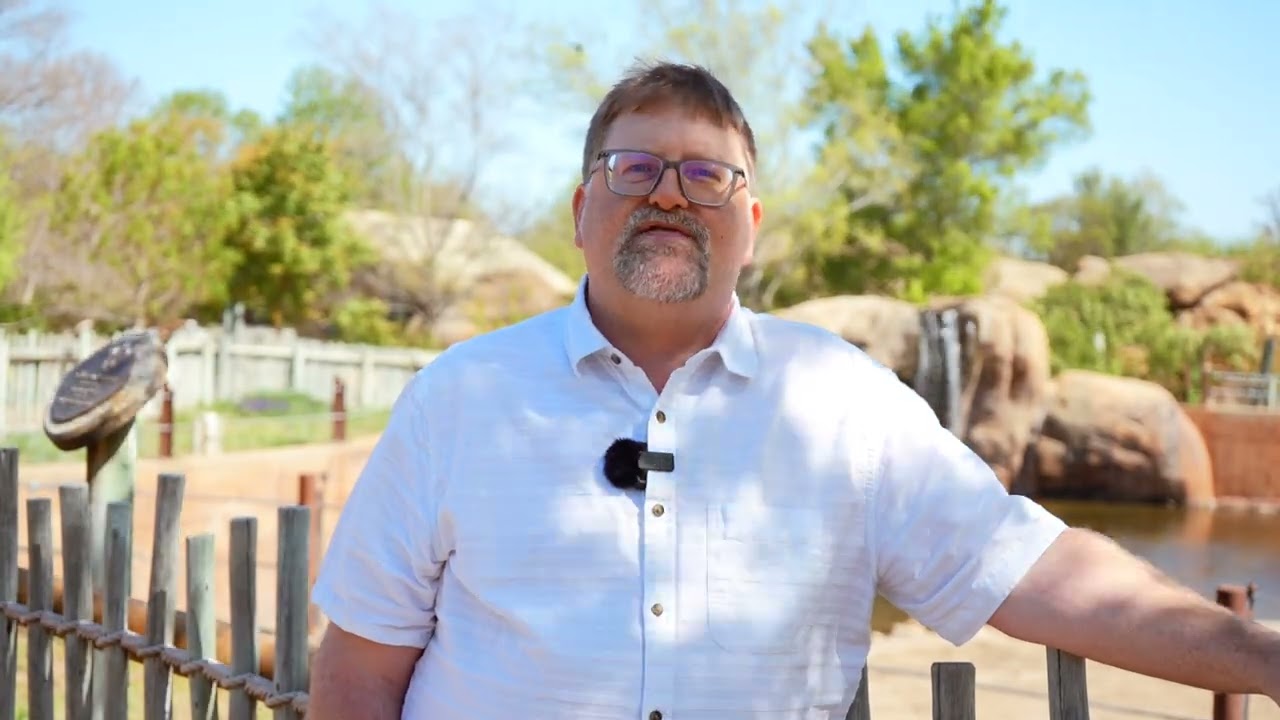– The process and challenges of pregnant elephants in captivity, focusing on the case at Sedgwick County Zoo.
– The role of zoos in elephant conservation and how pregnancy announcements contribute to these efforts.
– The importance of scientific research and technological advancements in monitoring elephant pregnancies.
– The educational and engagement benefits of sharing significant milestones, like pregnancy announcements, with the public.
Elephant pregnancies represent one of the most significant periods in the lifecycle of these majestic creatures, particularly within the controlled environments of zoos. The recent announcement of an elephant’s pregnancy at Sedgwick County Zoo highlights not just a joyous occasion. Still, it underscores the intricate processes and challenges involved in managing the health and welfare of these large mammals in captivity. This article delves into the critical aspects surrounding this event and its broader implications for zoology, zoo management, and wildlife conservation.
The journey of an elephant’s pregnancy in captivity embodies numerous challenges and requires a profound understanding of the species’ reproductive biology. Elephants have one of the longest gestation periods in the animal kingdom, lasting approximately 22 months. Managing this lengthy pregnancy demands continuous monitoring to ensure the health and well-being of both the mother and the developing fetus. The Sedgwick County Zoo utilizes advanced veterinary practices and technologies, such as regular ultrasounds and blood tests, to monitor hormonal levels and the fetus’s growth. These practices are crucial for preemptively identifying potential health issues that could arise during gestation.
Zoos play a pivotal role in the conservation of elephants, and pregnancy announcements are a testament to their efforts in creating sustainable elephant populations. Given the declining numbers of wild elephants due to habitat loss, poaching, and human-animal conflict, conservation breeding programs in zoos have become an essential strategy for preserving these iconic species. The elephant pregnancy announcement at Sedgwick County Zoo is a matter of celebration and a call to action. It is a powerful educational tool, raising public awareness about the plight of elephants in the wild and the importance of conservation efforts to safeguard their future.
Scientific research and technological advancements are at the forefront of improving the management of elephant pregnancies in zoos. The application of non-invasive methods for monitoring hormonal changes and the development of precise dietary plans tailored to meet the nutritional needs of pregnant elephants are examples of how science and technology contribute to better outcomes for both the mothers and their offspring. Researchers continuously seek innovations that can provide deeper insights into elephant pregnancies’ physiological and behavioral aspects, thereby enhancing the zoo’s ability to create optimal conditions for these animals.
The decision of Sedgwick County Zoo to share its elephant’s pregnancy journey with the public goes beyond merely informing. It engages the community in a dialogue about conservation, the natural history of elephants, and the complexities of caring for these animals in a zoo setting. These announcements can inspire a sense of stewardship and support for conservation initiatives among the broader population. By inviting the public to follow along with the pregnancy, the zoo fosters a deeper connection between humans and the natural world, emphasizing our responsibility to ensure the survival of endangered species like the elephant.
The Sedgwick County Zoo’s elephant pregnancy announcement is a multifaceted event that reflects the broader goals of zoos in conservation, research, education, and public engagement. It highlights the challenges and rewards of managing elephant pregnancies in captivity and underscores the importance of zoos in the conservation landscape. By adopting a comprehensive approach to care and leveraging the latest scientific advancements, zoos can continue to contribute significantly to the understanding and preserving these magnificent creatures. Moreover, by sharing these milestones with the public, zoos play a vital role in educating and inspiring action for wildlife conservation, bridging the gap between people and the natural world.
*****
Source Description
Last year, we announced that four of our female elephants are expecting calves in 2025. Today, we are delighted to announce that a fifth female is pregnant! 🎉
With this news, all of our female elephants except for Stephanie, who is beyond reproductive age, are now expecting!
🐘 Leading the expecting mothers is Simunye, whose nurturing presence will be invaluable. Talia, Xolani, Arusi, and Zuberi will each be experiencing motherhood for the first time, adding to the anticipation and joy within the Zoo community. The first birth is expected in early spring 2025.
The dedicated elephant care team prioritizes the well-being of the herd throughout their entire lives, and that’s especially true during pregnancy. They provide comprehensive care, including monitoring body condition, hormones, vitamin and mineral intake, and routine bloodwork to ensure optimal health at this crucial time.
These pregnancies hold a profound significance for the future of African elephants in North America. While wild populations face numerous threats, each birth within an AZA-accredited institution contributes significantly to the Species Survival Plan (SSP). These coordinated breeding programs ensure genetic diversity and population sustainability for threatened and endangered species.
By participating in the SSP, our institution proudly fosters the future of African elephants in North America. We remain firmly committed to vital sustainability efforts, and eagerly anticipate welcoming these new additions to our herd.
🧡 Stay tuned for further updates on the progress of our expecting mothers!
#Announcement #SedgwickCountyZoo #Sustainability #SpeciesSurvivalPlan

